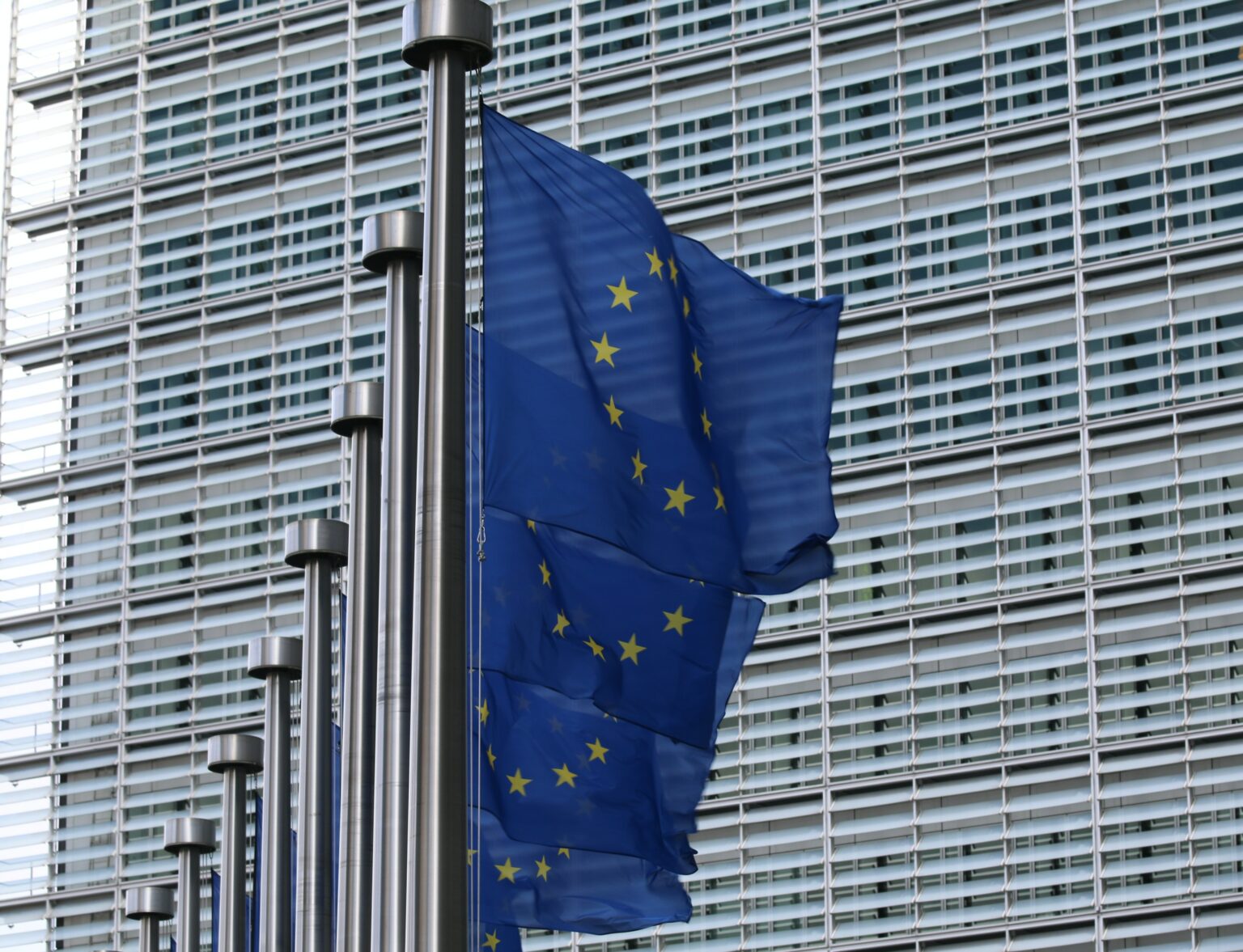Europe is poised to dominate the green hydrogen market over the next five years, with the UK and the US facing an uphill battle to catch up, according to a report by international law firm Pillsbury.
The report suggests that generous subsidies under the US Inflation Reduction Act will stimulate new projects but the US may take time to close the gap with Europe.
Europe, excluding the UK, is expected to host 53 of the 108 new green and low-carbon hydrogen projects set to emerge between 2023 and 2028, totaling 48 GW of power. The US is projected to host 10 of these projects, one less than the UK’s 11. Australia will lead in hydrogen project development, with 14 expected.
The global capacity for zero and low-carbon hydrogen production will more than double by 2028. Pillsbury has tracked 94 operational projects worldwide, and an additional 326 clean hydrogen production projects are in various stages of development.
Australia is expected to produce nearly 28 GW of electricity from hydrogen energy in the next five years. The Netherlands follows with nearly 7 GW, and Ireland with almost 4 GW. China and Spain share the fourth position with 2 GW each. Germany leads with 25 of the current operational projects, while the UK, US, and Japan each have seven.
While the UK has announced its goal of 10 GW of green and blue hydrogen generation by 2030, it still lags behind Europe in attracting similar activity. Germany is set to invest over $20 billion in its hydrogen industry between 2024 and 2027, with more than $4 billion allocated for the next year alone. This places the UK under pressure to establish a coherent regulatory framework to compete effectively in the green hydrogen space.
The report indicates that Europe’s early rollout of hydrogen-supportive measures has allowed the region to maintain a strong lead in green hydrogen projects, but the UK and US still exhibit strong recent growth.





